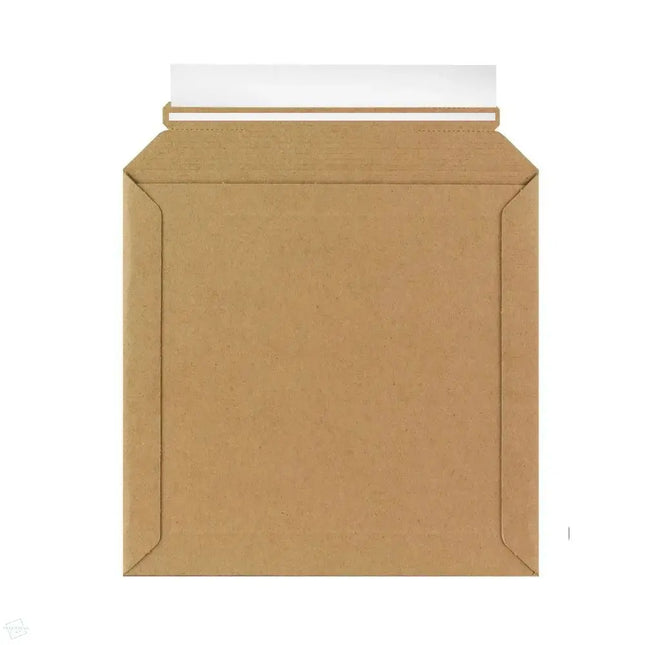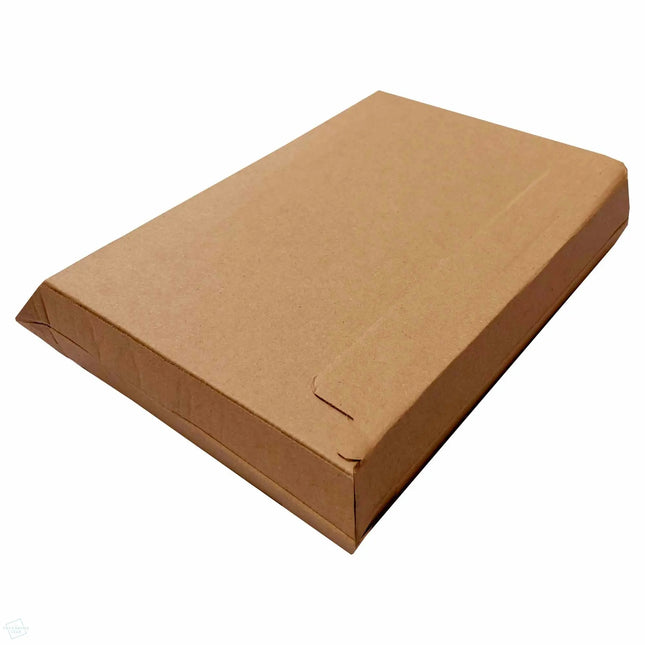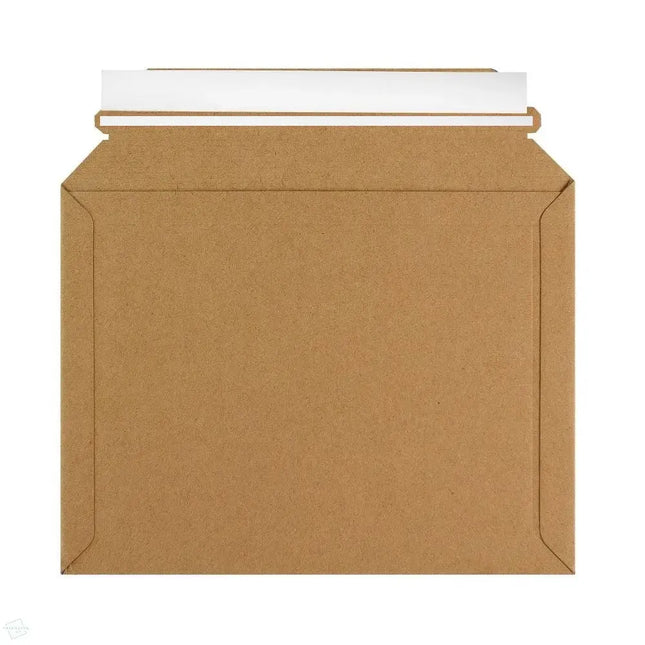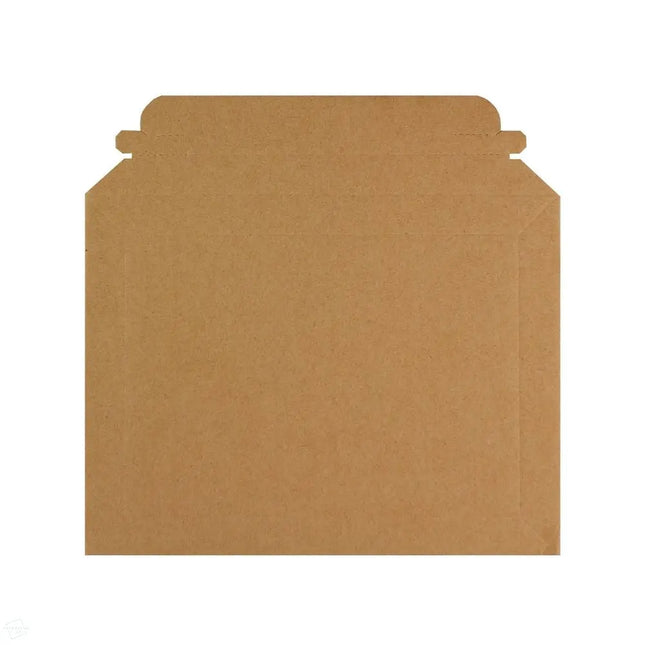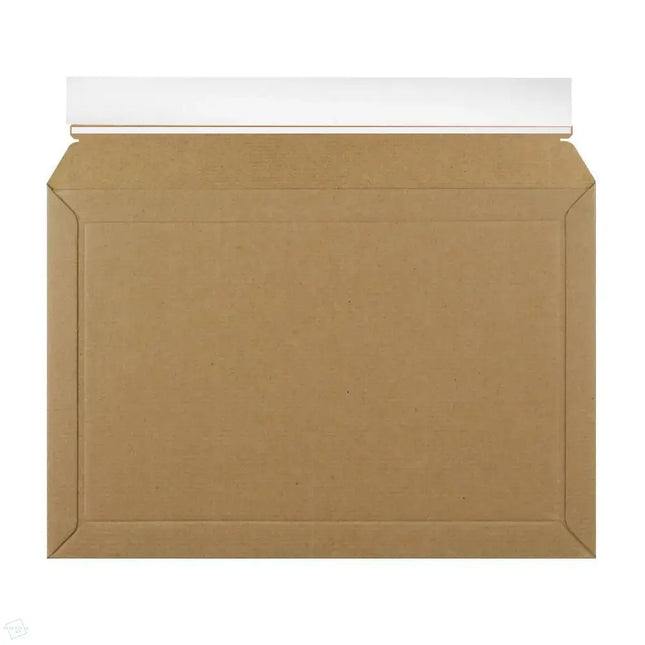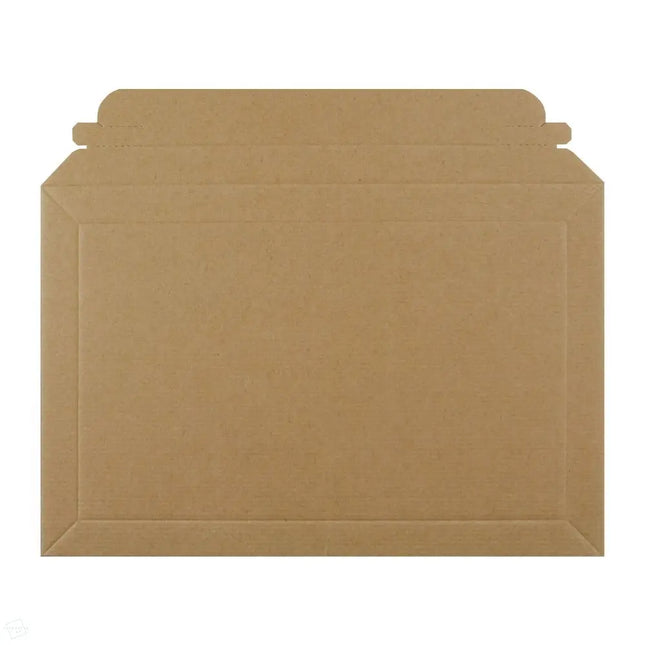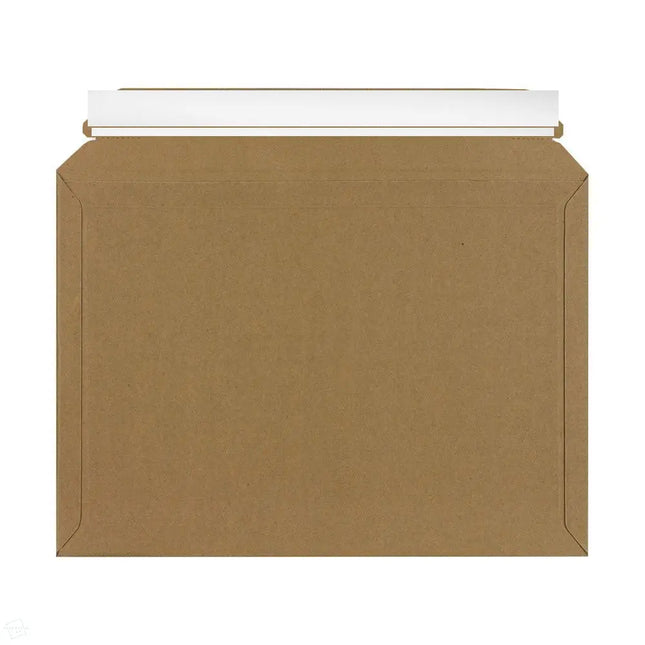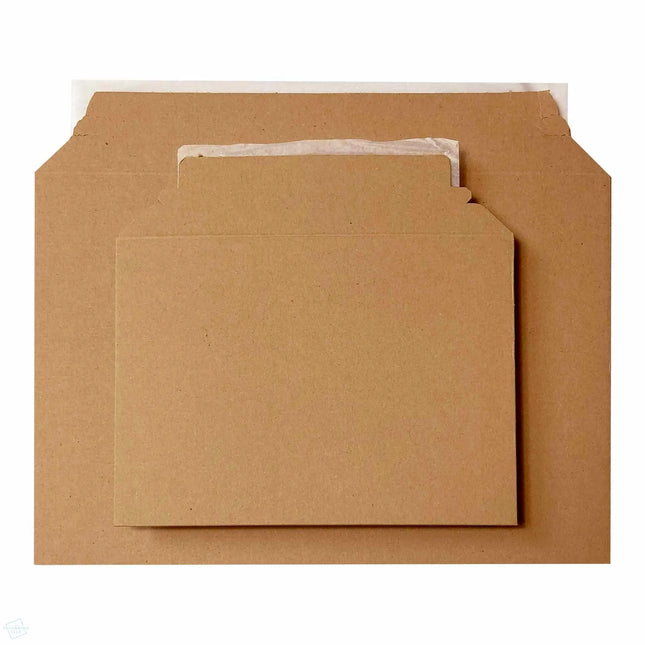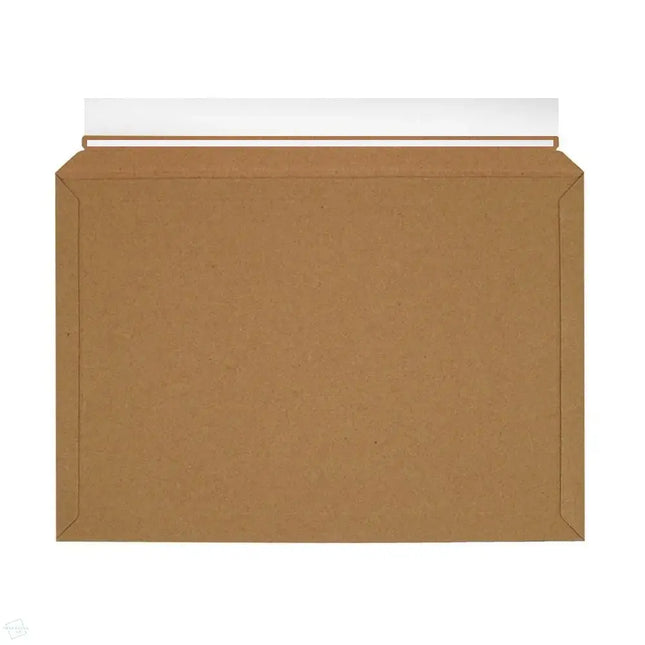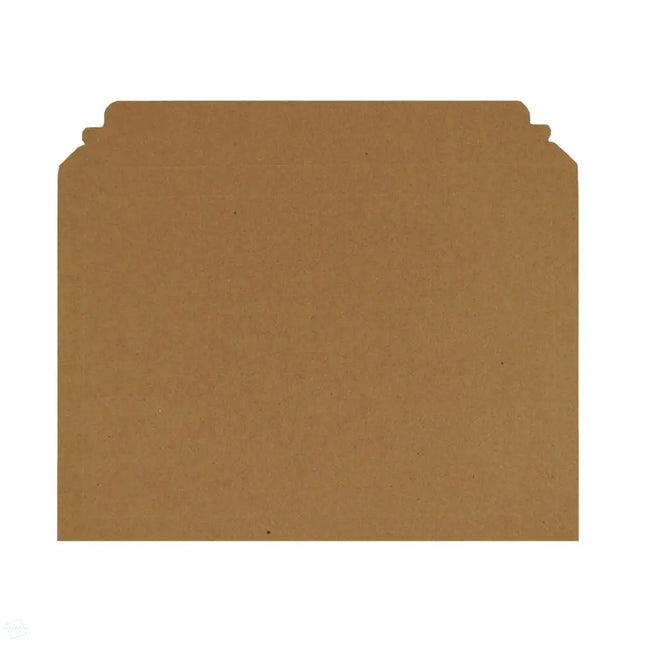10 Clever Ways to Repurpose Packaging Waste at Home

If you’ve made lots of online purchases and the e-commerce business you’ve ordered from isn’t yet offering a return and reuse programme, then before you head to the recycling bin, pause for a moment.
There are many ways to prolong the life of packaging. Obviously, the main way is to reuse it as packaging, but if you’re not going to do this (maybe it’s the wrong size, shape or you have too much already), then consider other options.
Here are ten clever ways to repurpose packaging waste at home. We’re offering tips looking at products The Packaging Club specialises in selling - cardboard products (boxes and tubes) and kraft paper – but we’ll also look at a few others as well.
A few tips are practical, some definitely frivolous, but all are useful and environmentally friendly. Upcycling has ecological and economic benefits and crafting and modelling is definitely good for mental health and is widely understood to be a natural anti-depressant, so, read on, to find out how to use old packaging to benefit yourself and the planet.
- Packaging provides storage solutions
- The Box: King of Removals and Reorganisation
- Good for Gardening: Packaging as compost
- Pets: Pamper with Packaging
- Packaging for Creativity
- Design, plan, build: Modelling with Packaging
- Crafty uses for Kraft Paper
- Insulate with Bubble Wrap
- Crochet with Plastic Bags
- Selling your stuff online
- Conclusion
Packaging provides storage solutions
The most obvious way to use a cardboard box in the home is for storage. Nowadays, with the rise of the decluttering movement, there has been a big push in products marketed as storage solutions and many of these products are plastic. However, the truth is (and Marie Kondo agrees), for most situations, a cardboard box that you happen to have on hand will do just as well and unlike plastic, cardboard allows airflow and it doesn’t crack or split. Even better, cardboard boxes, when not needed, can be folded flat.
The trick with storing items in cardboard boxes is to make sure they’re kept in a clean, dry environment (e.g., a well-ventilated attic rather than a damp shed). Heavier items should always go in smaller boxes (making them easier to stack, lift up and down and access when necessary) and, of course, cardboard boxes are easy to tape up and label.
Cardboard boxes don’t just have to fulfil long-term, annual storage needs (i.e., Christmas lights). They can be also used to create inexpensive, yet efficient drawer dividers, keep a wardrobe organised and be a practical way of storing a range of odd-shaped bits and pieces in the cupboard under the stairs or beneath a bed.
The Box: King of Removals and Reorganisation
Cardboard boxes come in especially handy if you’re planning a move. Whether it’s a full-blown relocation or helping your son or daughter head to college, it always pays to keep hold of a few. And even if a removal company has offered to supply you with boxes as part of their package, it’s useful to have extra, especially if you have items that risk dirtying or wetting the box (i.e. plants from both inside and outside, garden tools, etc.).

Once you’ve moved, cardboard boxes keep on giving, because they can be used as both temporary and permanent storage measures. They’re also brilliant when it comes to shifting furniture around, i.e., placed under table legs or when sliding heavy objects along wooden or tiled floors to prevent scratching. Just cut out appropriately-sized pieces and when positioned, fold the sides up slightly to create a barrier to prevent slippage.
Good for Gardening: Packaging as compost
Cardboard might not spring to mind when thinking about gardening, but surprisingly, it's as versatile outdoors as it is in.
Flattened or cut out cardboard boxes are a great weed deterrent when placed on the ground. An added benefit is that they will biodegrade and compost down into the soil on their own (known as self-mulching).
In the same way, experts advise putting sheets of cardboard at the bottom of raised beds, to improve drainage and prevent weeds, but also, because the extra damp created by cardboard is conducive to earth worms and other micro-organisms meaning nutrient levels are given a good boost.
Smaller cardboard tubes can be re-used as seed starter pots and they make handy protectors for the vines of vegetables such as pumpkins and squash, discouraging slugs and snails. Larger tubes are sturdy enough to slide down over young saplings so their vulnerable trunks are not able to be nibbled.
Pets: Pamper with Packaging
It’s a well-known and researched fact that cats, whatever their size, domestic or wild, love cardboard boxes.
Driven by their strong sense of smell and naturally curious, cats like exploring and the humble cardboard box proves fascinating to most species. But cats are also predatory creatures who like to feel safe and secure. Finding enclosed spaces where they can hide, watch for prey and be warm appeals to their basic instincts. As a result, it doesn’t matter whether a cardboard box is slightly too small, in fact, the snugger the better; they will always find a way to curl up and get cosy.

If your cat already has a bed or the 'used packaging home aesthetic' isn’t quite your cup of tea, then there are other ways to use a cardboard box to benefit your furry friend. With the aid of basic craft materials, you can turn corrugated cardboard into a scratching post, assemble a cat tower or a whole variety of interactive cat toys.
It’s not just cats that love cardboard boxes. Many other animals get a lot out of them too, even if they’re empty. Dogs, for example, pet rodents and of course, the hibernating tortoise!
Packaging for Creativity
An article about reusing packaging about the house wouldn’t be complete without a paragraph on creative play. After all, once seen, who can forget the story of Cain’s arcade?
It's a long-standing joke that many children prefer the box over the present inside. This is because an empty cardboard box is an open invitation for the imagination to go wild and the development of the imagination is vital for the healthy physical and mental development of all children. Problem-solving, spatial awareness, communication, creativity: these are just some of the skills playing with a cardboard box will foster. Moreover, by imaginative play is by its nature open-ended and with no right or wrong way of going about things, no rules or instructions to follow, means a child will gain an even greater sense of autonomy and satisfaction.
The beauty of the cardboard box is that, in the world of make-believe, it can be any incarnation it wants. Still, add a few pens and paints plus a stick of glue and a box can visibly transform into a racing car, a pirate ship, a doll’s house, a fort, a den, a bus, a spaceship – the sky’s the limit. Best of all, cardboard box packaging is free, non-hazardous, there are no irritating beeping noises and it doesn’t require batteries.
Design, plan, build: Modelling with Packaging
Cardboard modelling is not just an offshoot of junk modelling, it has come to describe both a serious hobby and an art form. Sometimes known as cardboard engineering, it’s any modelling that’s done using paper, cardstock, paperboard and corrugated fibreboard (i.e., cardboard) and it’s growing in popularity, especially in countries such as Japan.
Modelling with cardboard is popular because cardboard has so many qualities; it’s strong, flexible, cheap, easy to cut, easy to glue, allows for intricate work and best of all, recyclable.
Many people enjoy modelling with cardboard because they see it as a way of being less wasteful, of reusing resources that are often – due to the amount of packaging we use – lying about. Moreover, it’s lightweight and this is why it also proves so popular for stage sets, theatre props and retail displays.
Cardboard has come into its own for dioramas and architectural models. It’s a way of producing something that communicates design concepts to an audience and is the perfect medium to try out ideas inexpensively.
Crafty uses for Kraft Paper
Kraft paper is often used as void fill, but to only use it for void fill is a shame.
Flatten it out, fold it, save it and it becomes a resource for any one of the following projects: wrapping presents, covering books, making decorative streamers, lining shelves or drawers, creating bunting, wrapping Christmas baubles, creating paper star medallions, the list is endless. And if it all goes wrong and you’re not as artistic as you thought you were or you have an even better idea and want to start again, rip it up and create mulch for your house plants.
Insulate with Bubble Wrap
Bubble wrap might be perfect for protecting products in transit and it’s certainly good to pop as a temporary stress reliever, but it’s also a wonderful material when it comes to insulating. The structure of the air pockets and the plastic material itself are both effective at keeping heat in and the cold out.
Save bubble wrap (big bubbles or small) and use it during the winter to protect more delicate outside plants from the cold by wrapping it around them and their pots. Similarly, insulate the panes of a greenhouse. Alternatively, apply it to your car windshield to stop it from frosting over.
Although biodegradable bubble wrap is on the rise and there are a lot of eco-friendly alternatives, plastic bubble wrap remains in use and unfortunately, it can't be broken down by the elements, but this does mean it can be cleaned and reused time and time again.
Crochet with Plastic Bags
Plarn is an amalgamation of the words plastic and yarn and crocheting with plarn is rising in popularity, particularly because it is a way to repurpose plastic that would otherwise end up in landfill.
Plarn can be produced from anything that’s plastic, like plastic bottles, for example (check out these shoes: each pair contains six). It’s produced in much the same way as traditional thread or wool – it can even be combined with thread or wool – but the beauty of it is that, if you’re using it at home, all you have to do is simply cut plastic bags into strips with scissors or a rotary cutter and tie them together.
Once stitched together, plarn is amazingly durable and, like bubble wrap, it’s a great insulator. It’s recently been used by various crafters to create sleeping mats for homeless people because it creates an excellent barrier between the ground and the body helping to retain heat, especially when it's being slept on. Bonus, it’s easily cleaned and dries quickly.
Floor mats aren’t the only item plarn is perfect for: baskets, picnic blankets, coasters, water bottle insulators, bags for life, skipping ropes, shower shoes, pencil cases, there are hundreds of plarn possibilities.
Selling your stuff online
The final tip for reusing packaging is a bit of a cheat, because it’s actually reusing packaging for packaging, but we think it’s worth mentioning because of the kind of packaging it is: cobbled together and not particularly pretty but no less useful.
So many of us nowadays use websites like Ebay, Vinted and Depop to sell unwanted possessions, especially items of clothing or other fashion accessories. This is where packaging waste comes in extremely useful, especially if you’re not a regular seller and you don’t need or want to buy packaging products in multiples. Even a single plastic bag can have a new lease of life when it comes to sending a single item of second-hand clothing through the post. The only rules are to ensure packaging is well-labelled and durable enough so the item inside gets to the proper destination securely.
You don't need to spend money on packaging when you're sending one-off items and if it's not the most sleek, marketable box or envelope, it doesn't matter. As an individual, you don't have a brand image to promote, but you can still do your bit to be more environmentally friendly.
Conclusion
There you have it, ten inventive ways to repurpose packaging at home. We could probably suggest at least ten more. There are so many ways to reuse your old cardboard boxes, envelopes, tubes and plastic paraphernalia, in fact, whatever packaging materials you have. Whether packaging becomes a household solution or is used as part of an upcycling or crafting project, or, whether it ends up being reused to help you make a bit of money on the second-hand market, packaging doesn’t have to head to the recycling bin (or worse, landfill) straightaway.
What would you do with your old packaging? Do you have any ideas when it comes to art or craft projects? Would you ever try your hand at crocheting a bathmat out of plastic bags? What are some of the ways you've come up with to prevent your packaging from ending up in landfill? We’d love to know. Get in touch and comment below.

